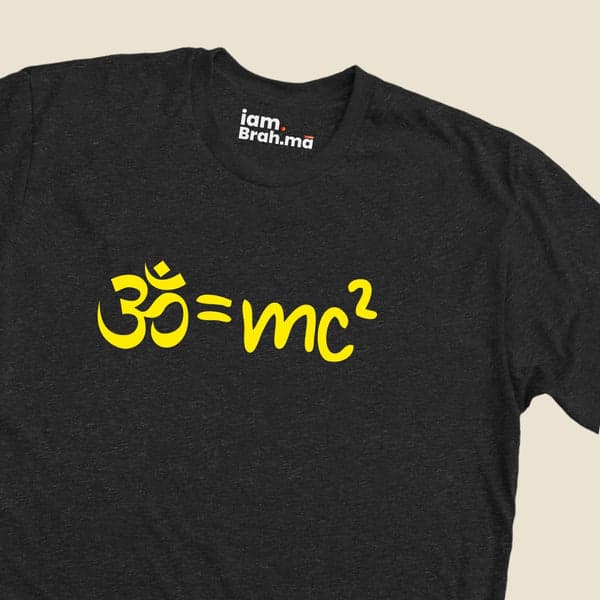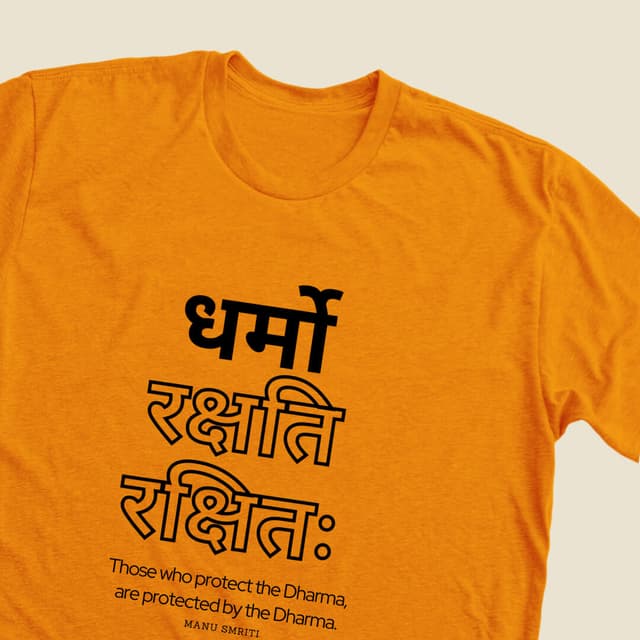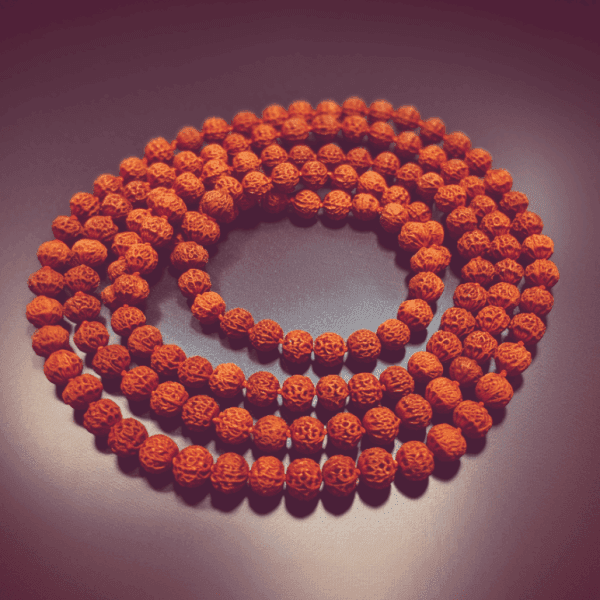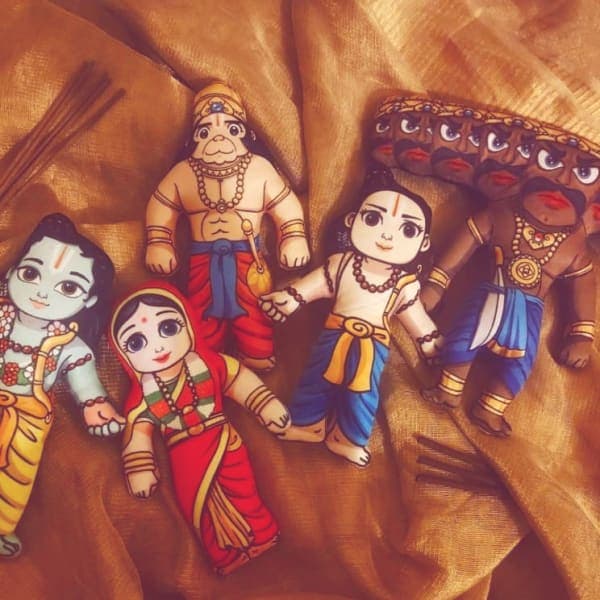Sri Padmanabhaswamy Temple
Thriuvananthapuram, Kerala
The Padmanabhaswamy Temple is located in Thiruvananthapuram, Kerala. Anantha Puram literally means the “City of Anantha” and so, the city itself is named after Prabhu Ananta or Sri Maha Vishnu. Built in a mix of the Kerala and Dravidian styles of architecture, it features high walls and a 16th-century Gopuram. To some extent, the temple is quite similar to the Adikesava Perumal temple in Thiruvattar, Kanyakumari.
Architecture
Inside the sanctum sanctorum, Padmanabhaswamy is shown assuming the reclining position. The massive idol rests on the bed of the coiled Adishesha; the snake’s five hoods facing inwards and forming a protective cover over Prabhu. Vishnu’s right hand is stretched below, in such a way as to be placed over a Shivalinga there. His divine consorts, Sridevi, the Goddess of Wealth, and Bhudevi, the goddess of the Earth, are by his side. Brahma sits on a lotus, which comes out from Prabhu's navel.
This massive deity is made from 12,008 saligramams, which had been gathered from the banks of the Gandaki River in Nepal. The idol is covered with Katusarkara Yogam, which is a special plaster mix, to keep the deity clean. The daily worship routine includes abhishekham, flowers, arati, and other rituals.
The two platforms in front of the vimanam where the deity reclines are carved out of a single stone. Hence they are called "Ottakkal-mandapam". This rock had been cut out of a rock at Thirumala, about 4 miles north of the temple.
To take darshan or to perform puja, the devotee has to ascend to the mandapam. The deity is visible through three doors, symbolic of how the sage had seen the god. The face of the god and the Shivalinga is seen through the first door. His torso, along with his consort Sridevi and Brahma and other divine beings can be seen through the second door. The third door gives the devotee a darshan of the god's feet, Bhudevi, and several other Rishis (sages).
Only the King of Travancore can perform a sashtanga namaskaram (offering obeisance lying completely prostrate on the ground) on the Ottakkal mandapam. Traditionally, it is believed that anyone who prostrates on the mandapam has surrendered his or her everything to the god. Since the ruler has already done that, only he has the permission to prostrate thus.
The Shrines
The temple includes two other major shrines within itself, namely, the Thekkedom and Thiruvambadi shrines, for the deities, Ughra Narasimha and Sri Krishna respectively. The Thirvambadi shrine is older than the main shrine and hence, enjoys independent status. It has its own namaskara mandapam, Bali stones, and flag mast. The deity here is Parthasarathy, the Divine Charioteer of Arjuna, during the Great War of Kurukshetra. The granite idol is depicted in standing posture, holding a whip in one hand, with the other resting on the left thigh, holding a conch close to it. On Ekadasi days, the god is dressed up as Mohini.
There are yet other shrines for Rama and Sita, Vishwaksena, Vyasa, Ganapati, Sasta (Ayyappa), Garuda, and Hanuman. the thevara idols of Chithira Thirunal Balarama Varma and Uthradom Thirunal Marthanda Varma can be found on the southeast side of the temple.
Gopuram
The temple features a massive 100-foot, seven-tier gopuram, constructed in the Pandyan style. The temple, which is located by the side of a tank, called Padma Theertham, has a corridor with 365 and one-quarter sculptured granite pillars having elaborate carvings on them. This corridor extends from the eastern side, right to the sanctum sanctorum. An eighty-foot flagstaff stands proud, right in front of the main entry from the prakaram. There is a Nataka Sala on the ground floor under the gopuram. Here, Kathakali performances were staged all through the night during the ten-day uthsavam, conducted twice a year, during the Malayalam months of Meenam and Thulam.
Timings of Temple
Darshan Timing
| Day | Timing |
|---|---|
| Monday | 3:15 am – 12:00 pm 5:00 pm – 7:20 pm |
| Tuesday | 3:15 am – 12:00 pm 5:00 pm – 7:20 pm |
| Wednesday | 3:15 am – 12:00 pm 5:00 pm – 7:20 pm |
| Thursday | 3:15 am – 12:00 pm 5:00 pm – 7:20 pm |
| Friday | 3:15 am – 12:00 pm 5:00 pm – 7:20 pm |
| Saturday | 3:15 am – 12:00 pm 5:00 pm – 7:20 pm |
| Sunday | 3:15 am – 12:00 pm 5:00 pm – 7:20 pm |
...





